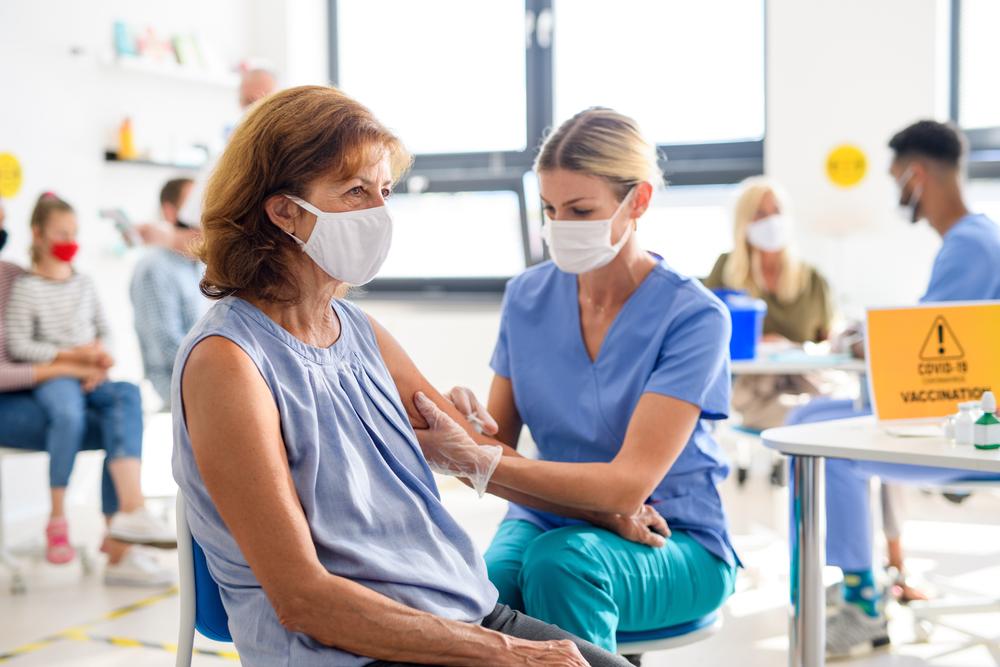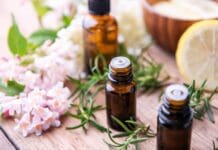As we reach the one-year anniversary of the COVID-19 mass quarantine, we have been fortunate enough to have not only one version of the vaccine but three, with talks of more in development. Optimistically speaking, treating the virus that has infected and killed millions in the past year may soon be normalized and as universal as the flu. It seems like a lot of conversation nowadays revolves around comparisons about which version of the vaccine is the safest and most effective, but when it comes down to which one to choose, how much does it matter right now? According to Dr. Anthony Fauci on last week’s Meet the Press, if you are eligible to get vaccinated (healthcare workers, older adults aged 65 years or older, adults with comorbidities), the best vaccine to take is the one that is most convenient and best available for an individual. The three approved vaccines are summarized below:
- Pfizer/BioNTech (2 shots): Approved by the FDA in December and distributed since early January, the vaccine is 2 shots in the upper arm muscle taken 21 days apart from each other, recommended for those aged 16 or older. Mild to moderate side effects include flu-like symptoms such as fatigue, headache, muscle soreness, chills, fever, and nausea. Current effectiveness is at 95%.
- Moderna (2 shots): Also approved by the FDA in December, it is most similar to the Pfizer vaccine – 2 shots in the upper arm muscle, with the same flu-like side effects. But unlike Pfizer, the Moderna shots are taken 28 days (1 month) apart from each other and recommended for those aged 18 or older. Current effectiveness is also at 95%.
- Johnson & Johnson (1 shot): Unlike Pfizer and Moderna, Johnson & Johnson only requires one shot in the upper arm, but can cause the same flu-like side effects as the other two. Recently approved, the single-dose vaccine is beneficial for those without convenient access to a doctor or healthcare worker, like in rural communities, for example. The vaccine can also be stored and chilled for 3 months, allowing for distribution at nonmedical sites, such as stadiums that conduct vaccinations. While it is easier for public health officials to distribute and administer a single shot, the vaccine’s effectiveness varies (57 – 72% effective), especially because a new variant of the COVID-19 virus is becoming responsible for more recent cases, especially in South Africa. This does not mean that the vaccines will become ineffective, per se, rather COVID may be managed similarly to the flu (and the flu shot is usually 40% – 60% effective, anyway).
Overall, if you are eligible to get vaccinated, take advantage of that! Getting treated with any vaccine is better than not getting vaccinated, at all, and about half of the country’s population is eligible to get vaccinated. Despite over the 90 million vaccinations administered to Americans so far, this does not mean we will be going mask-free, stopping social distancing, or lift bans on indoor dining anytime soon, but it still may help decrease the number of new cases from appearing as we move into another pandemic spring.












